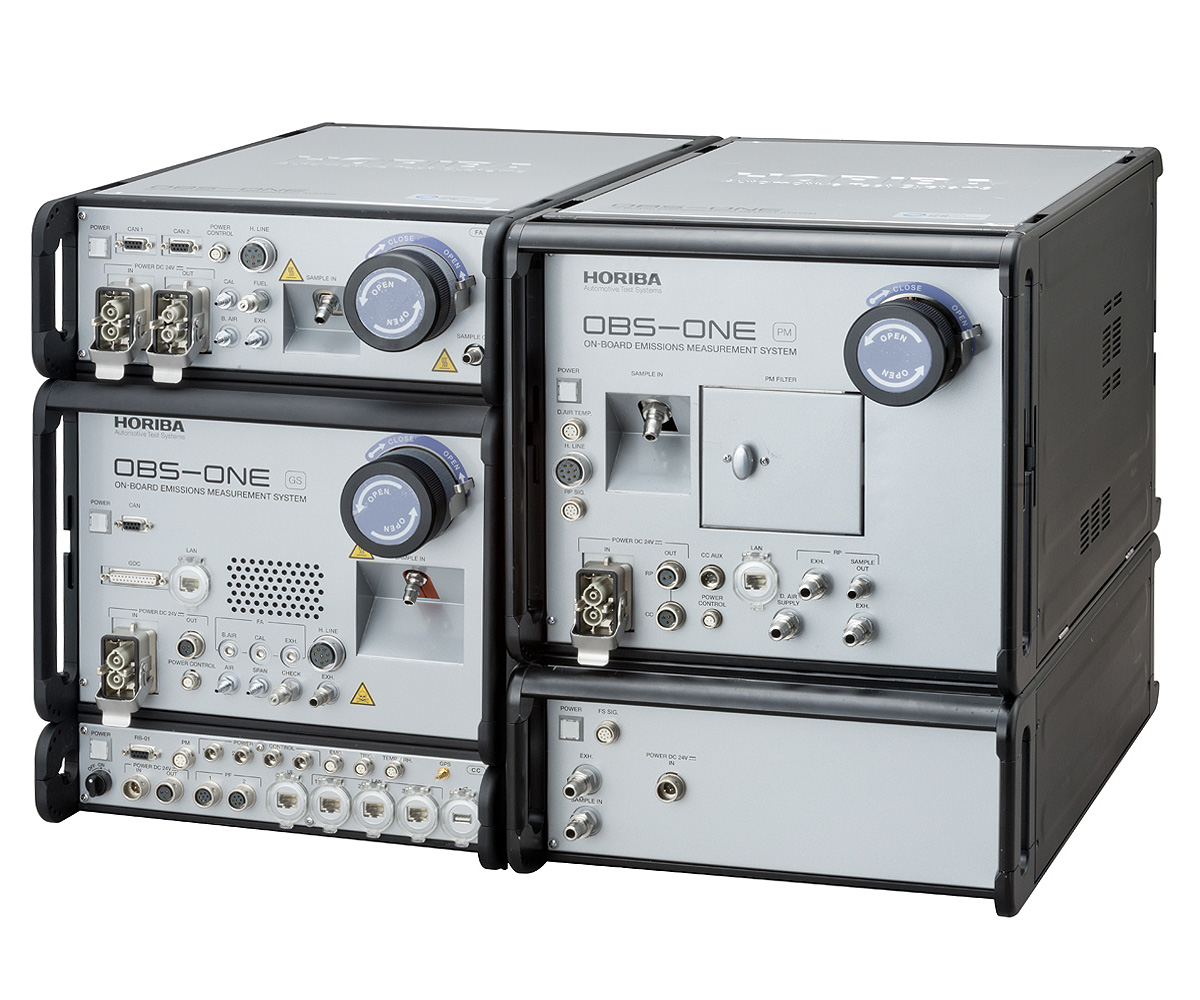
Euro 7 is the latest set of proposed emissions regulations published by the European Commission to reduce harmful pollutants from vehicle exhaust and to reduce non-exhaust emissions. In addition, Euro 7 adds battery performance standards.
Click here to read the European Commission: Proposal
The main changes introduced by Euro 7 include stricter limits on tailpipe emissions, especially for HDVs, with more stringent requirements for real-world on road testing. Evaporative emissions are reduced, and testing is more stringent plus Onboard Refueling Vapor Recovery (ORVR) will be introduced. Vehicle brake emissions will be limited and emissions from tires will also be monitored and controlled when an appropriate test method is developed within the UNECE. Euro 7 introduces a set of standards to guarantee the minimum durability and performance of batteries for all electrified vehicles (xEVs).
Euro 7 will apply to all new vehicles sold in the EU from the above implementation dates, including passenger cars, light commercial vehicles, and heavy-duty on road vehicles such as trucks and buses.
To meet Euro 7 regulations, vehicle manufacturers and component developers will need to invest in extended emissions testing equipment capable of measuring lower emissions, in laboratory and on road, and newly introduced criteria pollutants from the tailpipe. Updated equipment for evaporative emissions testing and testing systems for brake and tire wear also fall under Euro 7. This is likely to involve significant investment for vehicle manufacturers and their suppliers.
Visit our “Euro 7 Test Equipment” page for a more detail.
Euro 7 standards will be enforced at all points of the vehicle life as defined in Euro 7, from initial Type Approval (TA) to Conformity of Production (CoP), to In Service Conformity (ISC), along with additional Market Surveillance (MaS) and independent testing via accredited third parties. Non-compliance at any point in the vehicle standard life can result in fines, recalls, and in extreme cases the withdrawal of the Type Approval Certificate.
Manufacturers will also have to provide more detailed information within their Certificate of Conformity (CoC) to regulatory authorities and to interested third parties to demonstrate compliance with the new standards and allow independent testing.
Further, all vehicles must be fitted with an on-board monitoring system, combining vehicle On-Board Diagnostics (OBD) with additional exhaust sensors to indicate to the driver when the vehicle is emitting in excess of the specified limits. This data is to be stored in the vehicle and be available for digital transmission.
Particle Number (PN) for LDVs and HDVs is now based on counting the number of solid particles larger than 10nm as opposed to the current 23nm. For LDVs, ammonia (NH3) mass emission is added. For HDVs, ammonia mass emission is required (as opposed to the current average concentration measurement). Non-Methane Organic Gases (NMOG) is specified, which requires the measurement of THC, Methane (CH4) and Formaldehyde (HCHO). Greenhouse Gas emissions are also determined from N2O and CH4 measurements in addition to the current CO2. For all vehicles, brake emissions require the measurement of PN 10nm, Total PN, PM 2.5 and PM 10. The criteria for tire emissions are yet to be decided.
OBS-ONE PM unit is the industry-leading on-board Particulate Matter (PM) measurement system.
For Emissions and Fuel Economy – in the Laboratory (chassis dynamometer for LDV and engine dynamometer for HD engines). On the road using portable emissions measurement systems (PEMS). Using an updated SHED and accessory equipment for evaporative and refueling emissions. Using a brake dynamometer and emissions measurement equipment for brake dust. The test method and parameters for tire emissions is yet to be decided within the UNECE regulation development process.
Reach out to us below for any further questions regarding Euro 7.
Do you have any questions or requests? Use this form to contact our specialists.

